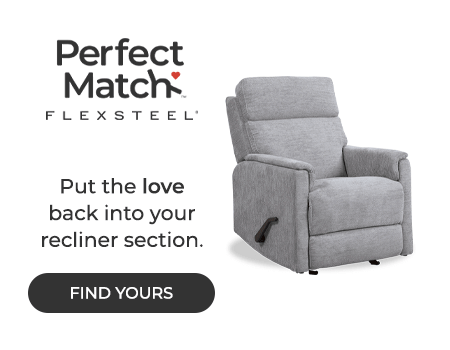Company has largely served North American hospitality sector, but is now looking to expand as a supplier to residential resources
HIGH POINT — Paged, a Polish chair manufacturer with a manufacturing history dating back to 1881, is looking to make inroads into the U.S. residential furniture market with a host of designs that span various areas ranging from contract and hospitality to residential.
The company primarily does business in Europe, which represents about 70% of its sales volume, with as much as 30% going to the residential sector and the balance in the contract sector. The balance of its sales are in Australia, Japan and North and South America.
It has been selling in the North American market since the early 1990s, primarily to the hospitality sector, including seating for restaurants and hotel lounge areas. But it has room to grow, particularly with customers on the residential side of the business, including resimercial designs that can serve both contract and residential projects in equal measure.

Michal Mroz, the company’s managing director, was at the fall High Point Market meeting with potential clients here in the residential sector looking for designs that would complement their dining lines and other accent seating for the living room, for example.
He also met with Home News Now before and during market to share thoughts about his product line and how it might suit the needs of companies looking for an alternate resource to build a product that some are already sourcing from different factories because of the complexity of working with various materials and components that go into a chair.
The company is based in Jasienica, a city in the south of Poland, just to the west of Krakow. It operates a 120,000-square-foot plant that employs about 400 workers and can produce about 180,000 chairs a year with materials ranging from solid beech, ash and oak and birch plywood and some veneers.

It cuts its foam and fabric in-house, using more than 150 fabrics and offering some 30 different water-based finishes. It sources its woods from an area that is 80-120 miles from its factory, using products certified by both Forest Stewardship Council as well as Programme for the Endorsement of Forest Certification, both of which promote sustainable forest management.
“Many customers come to us with their specifications,” Mroz said. “In those instances, we take our models and finish them to the customers’ specifications.”
At the moment, it is operating at about 75%-80% of its capacity, meaning it has room for additional business, including from the U.S. market. Lead times are estimated at about nine-13 weeks, door-to-door with product flowing through ports in Rotterdam, Netherlands, and Hamburg, Germany, through the North Sea and across the Atlantic, thus avoiding areas such as the Suez Canal that have been plagued by conflicts in the Middle East.
While the company’s line is largely designed for dining — both regular and bar height — and accent seating, the company also produces some chairs on casters that could be suitable for home office use. Mroz described it as upper-middle priced, which is largely because of the designs and custom nature of the line. It also reflects the quality of construction and materials used, which allows the chairs to last for generations versus a few years.

“We are cheaper than the Italians, but at the level of the Spanish or the Portuguese,” Mroz said. “We also are competitive with southern Asian producers. If you are looking for quality with a wooden chair, it is not always easy to find the right partner. Flexibility is also a factor that allows us to create value for a customer in the U.S.”
Other factors that he said make the company a good fit for the U.S. market, whether it be contract, hospitality, residential or resimercial, are the stability of its supply chain, its logistics and the ease of communication with the factory, including executives like himself that are proficient in English.
“We are closer culturally, which provides for an easy exchange of ideas,” he said in comparison with factories in Asia.
Based on his recent visits, he also is optimistic the company will be successful this year and beyond.
“I believe there is interest from a wide audience, from contract players that do hospitality projects or residential brands that are interested in our products,” he said, noting that products for commercial projects offer a level of design and comfort that could easily fit into a residential space and vice versa. “The way I am reading the market is that there is a bigger opportunity for wholesale suppliers. … What we can offer as a unique value is that ability to take our designs or your designs as a customer and bring it to life at the right level of quality and precision.”




